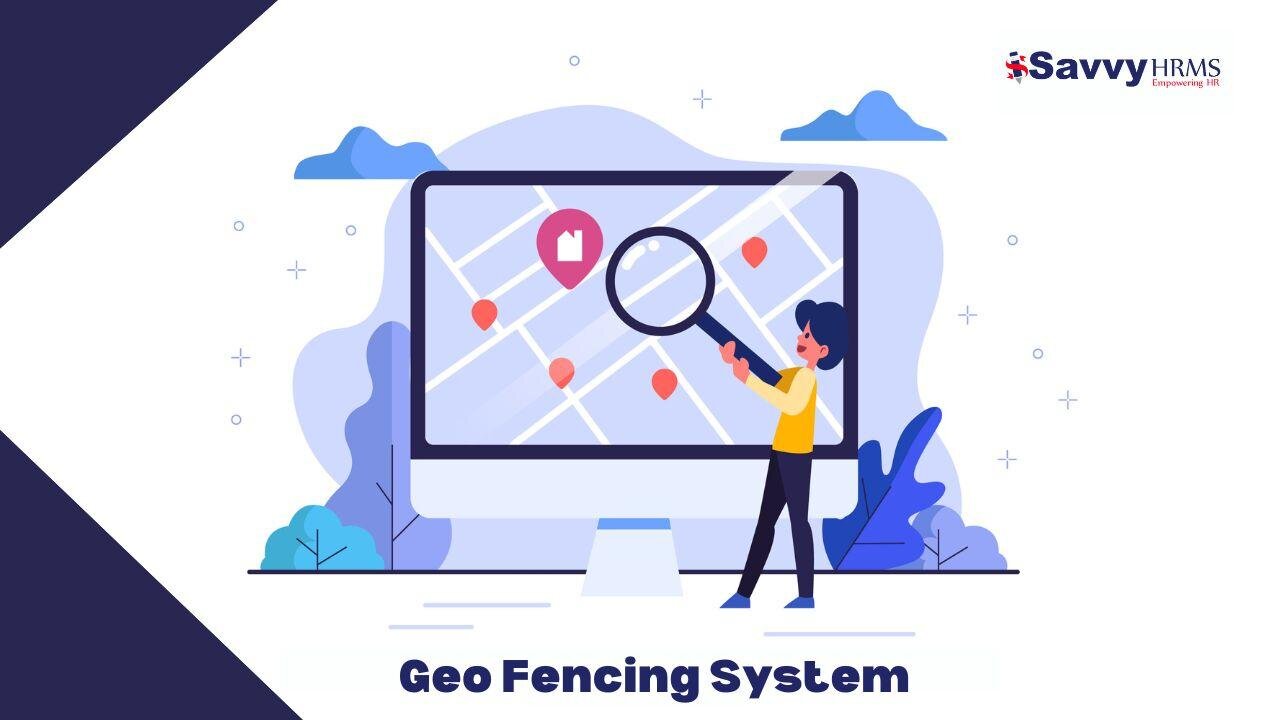In the fast-moving digital era, change is the only constant, and so businesses have to adapt to it. One of the major changes in recent times has been the phenomenon of virtual corporate events. Companies now connect, create, and engage with their clients. And employees in global conferences, product launches, and team-building activities. In a manner that they never could before.
Why Are Virtual Corporate Events Gaining Popularity?
Nothing has accepted the virtual corporate events more than the current time. There are many strategic and economic reasons:
Cost & Time Saving: Conducting a corporate event as an online program. Removes all expenses related to travelling, accommodation. Or venue renting. Thus putting it as the most charming solution for companies on a budget.
Global Outreach: In contrast to live events. Online events allow a global approach toward audience participation.
Engagement Abilities: Virtual events come alive and bring excitement. With chat, Q&A, and breakout rooms.
Analytics: Companies are able to gain insight into tracking attendance, participation, and engagement. For these events, like never possible with physical events.
Eco-Friendly: Any such events turn out to be carbon-free. In respect to their traditional counterparts.
Types of Virtual Corporate Events
With companies putting together activities aimed at their different needs. Nowadays, the kinds of virtual events held are extremely diverse. These include:
Virtual Conferences & Summits: The events that bring industry titans. Keynote speakers and practitioners to an online platform.
Webinars & Workshops: Interactive training/education sections for employees and customers on specific topics.
Virtual Trade Shows & Expos: Showcasing products and services. While enabling networking with potential clients in real time.
Online Team-Building Activities: Virtual escape rooms, trivia nights, and creative games. That keeps different employees engaged while lifting team spirit and cooperation.
Hybrid Events: Face-to-face attendance for some. While the others are joining the virtual stream.
How to Host A Successful Virtual Corporate Event
To ensure an engaging experience for all. The following major steps should be given consideration:
Pick the Correct Platform: Set up a stable virtual event platform. That supports streaming video, breakouts, and interactivity.
Plan Engaging Content: Engaging speakers, panel discussions, and live Q&A sessions. This keeps tempting the audience.
Interactive Tools: Attendees remain engaged through polls, live chat, and gamification.
Technology testing: Test the technology a day in advance. To avoid glitches or connectivity issues.
Promotion: Use social media, email marketing, and other channels to maximize attendance.
Gather Feedback: Surveys and post-event analytics. Will certainly help perform the next event as per their recommendations.
Challenges of Virtual Corporate Events and Their Solutions
As specified, these are some general challenges regarding virtual corporate events. To carry out the removal service methods, here are the steps below:
Technical Troubles- Provide reliable internet access to every single participant. So that tech support is available during the event for all participants.
Interactive Barriers: Break-out rooms, polls & gamification. Should take part in powering audience engagement.
Difference in Time Zones: The sessions can be scheduled at different times. Or provide on-demand access to recordings from the event.
Screen Fatigue: Short yet engaging sessions interspersed with several breaks. Can beat fatigue refreshments.
The Future for Virtual Corporate Events
The future of virtual corporate events will lie in increased technological innovation. With every increase in the emergence of new technology. Such as augmented reality (AR), virtual reality (VR), and AI-powered networking tools. The potential of virtual corporate meetings to be more immersive and interactive increases. These add-ons make the experiences even more exciting. For the participant who further participates online.
Conclusion
Since more and more digital transformation is being welcomed into companies. So too virtual corporate events are well heading to be disruptors in the corporate world. Whatever the organizational need. Be it visibility enhancement, employee engagement, or simply connecting with a worldwide audience. A well-thought-out virtual event can demand. And indeed carry whatever is necessary in executing action toward those objectives.
FAQs
- What is a virtual corporate event?
Virtual corporate events are meetings over digital platforms. Through which organizations organize conferences? Along with meetings, product launches, and team-building activities from a distance.
- What benefits do companies get from a virtual event?
- Virtual events cost less.
- Access to a global audience.
- More engagement levels
- Data-driven insights for continuous improvement.
- Eco-friendly.
So these attributes encourage companies to hold virtual events.
- What technology do I require to host a virtual event?
You will need a stable internet connection. And a good, reliable virtual event platform. Also, engagement tools like polls and Q&As.
- How do I keep attendees engaged in a virtual event?
To keep the participants engaged, encourage interaction using live chat. Breakout rooms, gamification, and polls.
- Are virtual corporate events the future of business gatherings?
Absolutely! Because of technology and the increase in remote jobs. Virtual corporate events are going to stay and evolve even more.
Are you ready to host your next corporate meeting? Since the future is digital with endless possibilities?




